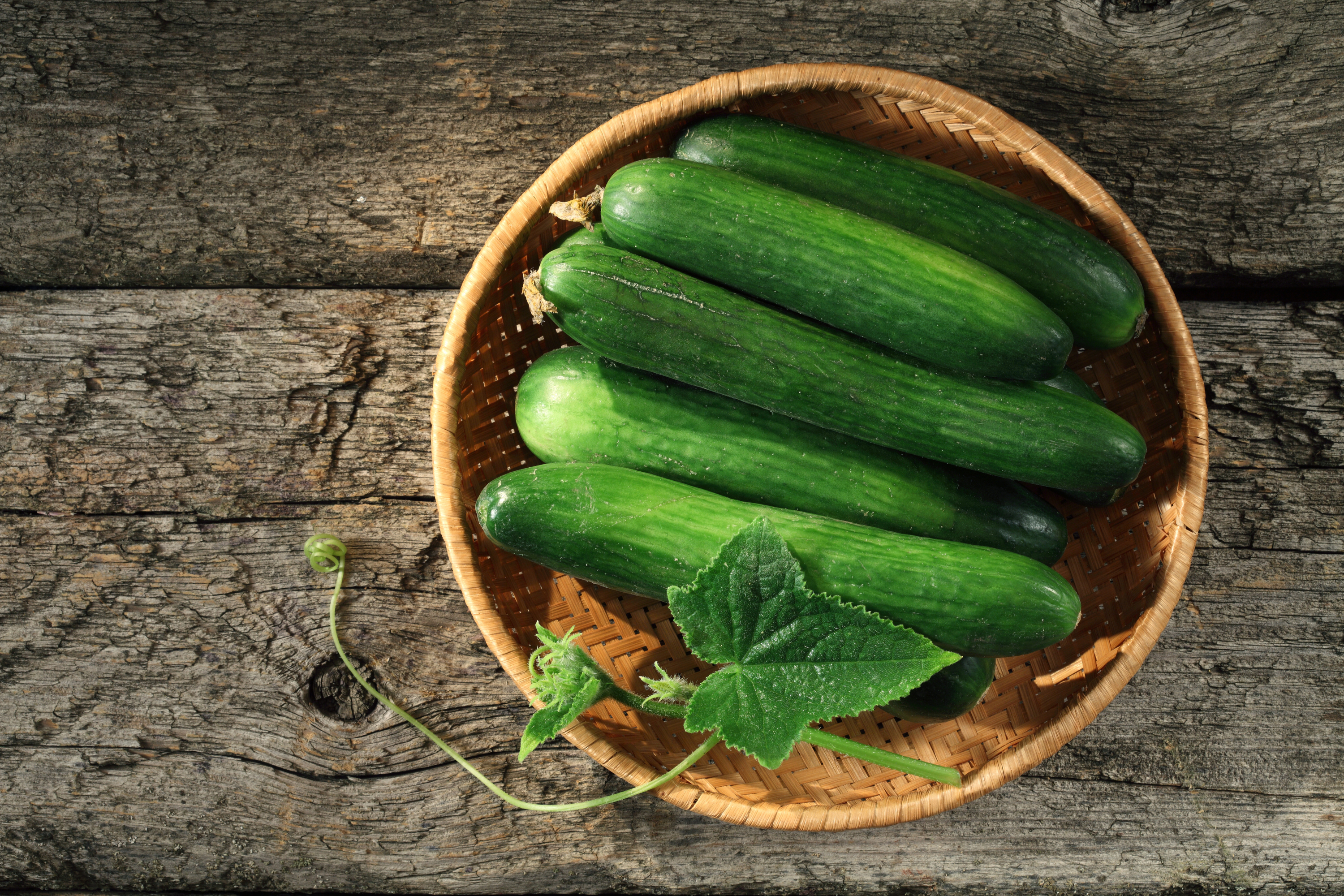Cucumber
The Vibrant Bell Pepper: Uses, Facts, Nutritional Benefits, and Tips
Introduction
Bell peppers, also known as sweet peppers or capsicums, are a popular vegetable known for their crisp texture and sweet flavor. They come in a variety of colors, including green, red, yellow, and orange, each offering a unique taste and nutritional profile. In this blog post, we will explore the different uses of bell peppers, fascinating facts about them, their nutritional benefits, and some helpful tips for incorporating them into your meals. Finally, we will discuss the average price of bell peppers.
Uses of Bell Peppers
Bell peppers can be used in a multitude of ways, making them a versatile addition to many dishes. Here are some common uses:
- Raw: Bell peppers add a refreshing crunch to salads, crudités, and sandwiches.
- Grilled: Grilled bell peppers have a smoky flavor and can be used in salads, sandwiches, or as a side dish.
- Sautéed: Sautéed bell peppers are perfect for stir-fries, fajitas, and pasta dishes.
- Stuffed: Stuffed bell peppers can be filled with a variety of ingredients such as rice, quinoa, ground meat, or beans for a hearty meal.
- Roasted: Roasted bell peppers are sweet and tender, making them a great addition to soups, sauces, and dips.
- Pickled: Pickled bell peppers add a tangy and crunchy element to sandwiches, salads, and antipasto platters.
- Blended: Bell peppers can be blended into smoothies, soups, and sauces for added flavor and nutrients.
Interesting Facts About Bell Peppers
- Bell peppers are scientifically known as Capsicum annuum.
- Unlike other peppers, bell peppers do not contain capsaicin, the compound that gives hot peppers their heat.
- Red bell peppers are simply mature green bell peppers and tend to be sweeter due to their higher sugar content.
- Bell peppers originated in South and Central America and have been cultivated for thousands of years.
- China is the largest producer of bell peppers, followed by Mexico and Turkey.
- Bell peppers are technically fruits because they contain seeds and develop from the flower of the pepper plant.
Nutritional Elements of Bell Peppers
Bell peppers are not only delicious but also packed with essential nutrients. Here are some key nutrients found in bell peppers:
- Vitamin C: Bell peppers are an excellent source of vitamin C, which supports the immune system and promotes healthy skin.
- Vitamin A: Red bell peppers, in particular, are rich in beta-carotene, which the body converts into vitamin A, essential for vision and immune function.
- Vitamin B6: Vitamin B6 is important for brain development and function.
- Folate: Folate is essential for DNA synthesis and cell growth, particularly important during pregnancy.
- Fiber: Bell peppers provide dietary fiber, which aids digestion and helps maintain a healthy gut.
- Antioxidants: Bell peppers contain various antioxidants, including flavonoids and carotenoids, which help protect against oxidative stress and chronic diseases.
- Potassium: This mineral helps regulate blood pressure and supports heart health.
Helpful Tips for Using Bell Peppers
- Store bell peppers in the refrigerator to keep them fresh for longer. Place them in the crisper drawer for optimal humidity.
- To easily remove the seeds and core, cut the top off the pepper and pull out the center.
- Roast bell peppers over an open flame or in the oven until the skin is charred, then place them in a sealed plastic bag for a few minutes to loosen the skin. Peel the skin off for a delicious, smoky flavor.
- Bell peppers pair well with a variety of herbs and spices, including basil, oregano, garlic, and cumin.
- For a colorful and nutrient-rich dish, use a mix of green, red, yellow, and orange bell peppers.
- Incorporate bell peppers into your diet by adding them to omelets, salads, soups, and stir-fries.
- Blanch bell peppers by boiling them briefly and then plunging them into ice water. This can help preserve their bright color and crisp texture.
Average Price of Bell Peppers
The price of bell peppers can vary depending on the season and location. On average, fresh bell peppers typically cost between $1.50 and $3.00 per pound in the United States.

0